Why Are Saudi Arabia's Manufacturers Replacing Manual Handling with Pallet Inverters?
Are your warehouse operations struggling to keep up? Manual handling of heavy pallet loads is slow, dangerous, and a major bottleneck. I've seen it countless times on factory floors. A team of workers spends hours physically moving boxes from one pallet to another, risking back injuries with every lift. This process is not just inefficient; it's a hidden drain on your resources, leading to damaged products, shipping delays, and rising labor costs. In a rapidly expanding and modernizing economy like Saudi Arabia's, these outdated methods simply can't support the level of growth and efficiency required to compete. The pressure to modernize is immense, and clinging to manual processes is a recipe for falling behind.
Manufacturers in Saudi Arabia are replacing manual handling with pallet inverters primarily to boost operational speed, enhance worker safety, reduce costly product damage, and meet stringent international export standards. This strategic shift to automation allows them to handle goods more efficiently, lower operating costs, and improve their overall competitiveness in both domestic and global markets.
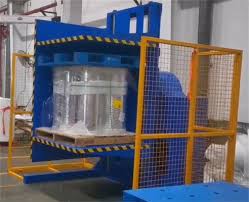
This isn't just about buying a new piece of equipment. It's a fundamental change in operational philosophy. I've worked with many business owners, from steel mill CEOs to food processing plant managers, who have made this transition. They see it as a strategic investment in the future of their company. Let’s break down the specific reasons why this technology is becoming an essential tool for manufacturers across Saudi Arabia and the wider region. Together, we'll explore how a single machine can solve multiple, complex challenges.
How do pallet inverters boost operational efficiency and cut costs?
Are you constantly battling hidden costs in your warehouse? Things like high labor expenses for manual tasks, slow turnaround times at the loading dock, and goods damaged during handling can quietly eat away at your profits. Every time a worker has to manually re-stack a pallet, your operation slows down. Every minute a delivery truck has to wait is money wasted. Relying on manual labor for these repetitive, heavy tasks is not just slow; it's also unpredictable and highly inefficient, making it difficult to plan and scale your operations effectively.
A pallet inverter directly tackles these inefficiencies by automating the entire process. It streamlines pallet swapping, simplifies load recovery from damaged pallets, and prepares shipments in a fraction of the time. By replacing a labor-intensive manual process with a swift, automated one, a pallet inverter significantly boosts operational efficiency. It reduces the time and manpower needed for tasks like switching from an in-house wooden pallet to a hygienic plastic one. This automation results in lower direct labor costs, faster throughput at the loading bay, and a more predictable workflow.
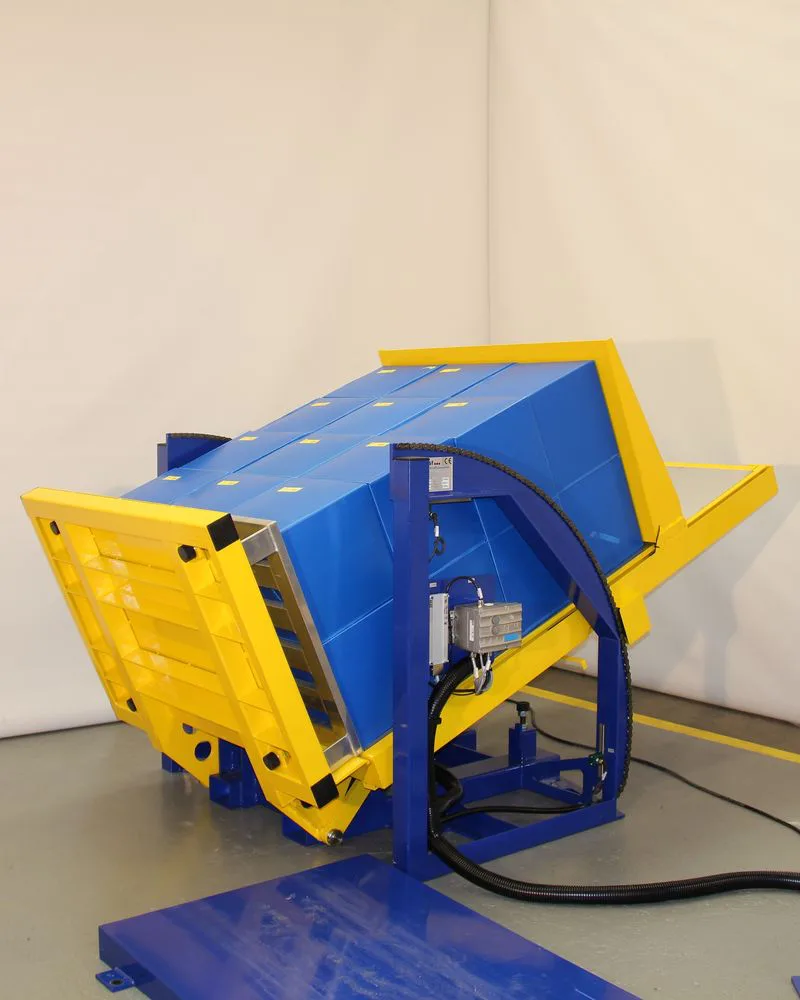
A Head-to-Head Comparison: Manual vs. Inverter
When I started my journey as an engineer, I spent a lot of time on factory floors with a stopwatch, analyzing processes. The difference between manual and automated pallet handling is staggering. A manual swap can take two or three workers anywhere from 15 to 30 minutes, depending on the load. With a pallet inverter, a single operator can do the same job in about 60 seconds. The efficiency gain is immediate and obvious. Let’s look at a clear comparison.
| Metric | Manual Pallet Swapping | Pallet Inverter Swapping |
|---|---|---|
| Time per Pallet | 15 - 30 minutes | 1 - 2 minutes |
| Labor Required | 2 - 3 workers | 1 operator |
| Risk of Injury | High (lifting, bending) | Very Low (automated) |
| Risk of Product Damage | Moderate to High | Very Low |
| Process Consistency | Low (depends on workers) | High (repeatable) |
These numbers speak for themselves. The time and labor savings are the first things managers notice. But the real impact goes deeper.
Beyond Speed: Uncovering Hidden Cost Savings
The true value of a pallet inverter extends beyond just being faster. Think about the secondary benefits. With an automated system, you reduce forklift traffic in congested areas because the entire process happens at a single station. You see less wear and tear on your equipment. You also drastically reduce product damage. Manual restacking often leads to dropped boxes, crushed containers, and compromised goods. A pallet inverter handles the entire load securely, using hydraulic pressure to clamp it safely during the rotation.
I remember a client who runs a steel wire processing plant. They were struggling with shipping delays because their team couldn't get coils palletized and ready for export fast enough. The manual process was a huge bottleneck. After installing a pallet inverter, they not only cut their palletizing time by over 90% but also saw a significant drop in damaged product claims. This directly addressed their goal of reducing overall operating costs, just like the challenge faced by forward-thinking owners like Javier Morales. It’s not just about spending money on a machine; it's about investing in a solution that plugs multiple financial leaks in your operation.
What safety and ergonomic benefits do pallet inverters bring to the warehouse floor?
Every responsible factory owner knows that worker safety is paramount. Yet, back injuries and muscle strains from manual lifting remain one of the most common and costly problems in any industrial setting. It's a persistent threat. A single serious injury can have far-reaching consequences, including high insurance premiums, lost workdays for a valued employee, regulatory scrutiny, and a noticeable drop in team morale. The task of manually restacking a pallet, which can weigh over a ton, is one of the most physically demanding and ergonomically hazardous jobs in any warehouse or factory.
A pallet inverter brings immediate and profound safety benefits by completely eliminating the need for this dangerous manual task. It takes the physical strain off your employees and places it onto a machine designed for the job. By automating the process of lifting, rotating, and transferring heavy loads, the inverter protects your most valuable asset: your people. This creates a safer, more controlled, and less physically taxing work environment, directly reducing the risk of musculoskeletal injuries that are all too common in manual handling operations.
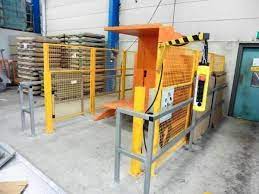
The True Cost of a Workplace Injury
When I was starting out as a young engineer, I saw the physical toll that manual labor took on workers. It's something that has always stayed with me. It’s one of the core reasons I became so passionate about designing machines that not only improve efficiency but also protect people. A workplace injury isn't just a line item on an insurance form. The direct costs are obvious: medical bills and compensation payments. But the indirect costs are often much larger. You lose the productivity of an experienced team member. You have to spend time and money training a replacement. An accident can damage the morale of the entire team, as they see the risks they face every day. For a pragmatic leader who analyzes every cost, understanding this full picture is crucial. Preventing even one serious injury can often justify the investment in safety automation.
Designing a Safer Workflow
Implementing a pallet inverter fundamentally changes your workflow for the better. It replaces a high-risk manual process with a simple, low-risk automated one. Let's compare the steps.
| Manual Process Steps | Risk Points | Automated Process Steps | Risk Points |
|---|---|---|---|
| 1. Workers surround the pallet. | Crowded area, trip hazards. | 1. Forklift places pallet in inverter. | Low |
| 2. Workers bend and lift boxes. | High risk of back strain. | 2. Operator closes safety guards. | Low |
| 3. Workers carry boxes to a new pallet. | Risk of dropping product, strains. | 3. Operator pushes a button. | Very Low |
| 4. Workers stack the new pallet. | Bending, reaching, risk of instability. | 4. Machine rotates and transfers load. | Contained |
| 5. Repeat until finished. | Repetitive strain injuries. | 5. Forklift removes new pallet. | Low |
The difference is clear. The automated process removes the human element from the most dangerous parts of the job. The operator stands at a safe distance, managing the process through a control panel. This is more than just a piece of machinery; it's a complete re-engineering of the task to prioritize human well-being. A healthy, safe team is a productive and loyal team, and that is an asset you can't put a price on.
How does a pallet inverter help meet strict hygiene and export standards?
Are you looking to expand your business into international markets like Europe, North America, or Asia? If so, you've likely encountered the complexities of global shipping regulations. A major hurdle for many manufacturers is ISPM 15, an international standard that requires all solid wood packaging to be treated to prevent the spread of pests. On top of that, many customers, especially in the food, pharmaceutical, and high-tech industries, have their own strict hygiene requirements, often demanding that products arrive on clean, non-porous plastic pallets.
A single non-compliant wooden pallet can lead to disaster. An entire shipment can be quarantined, fumigated at your expense, or even rejected outright at the port of entry. The costs can be enormous, including return shipping fees, fines, and serious damage to your business's reputation. A pallet inverter offers a simple and elegant solution to this critical challenge. It allows you to use standard, cost-effective wooden pallets for all your internal operations and then, just before shipping, effortlessly switch the entire load to a fully compliant, clean export pallet.
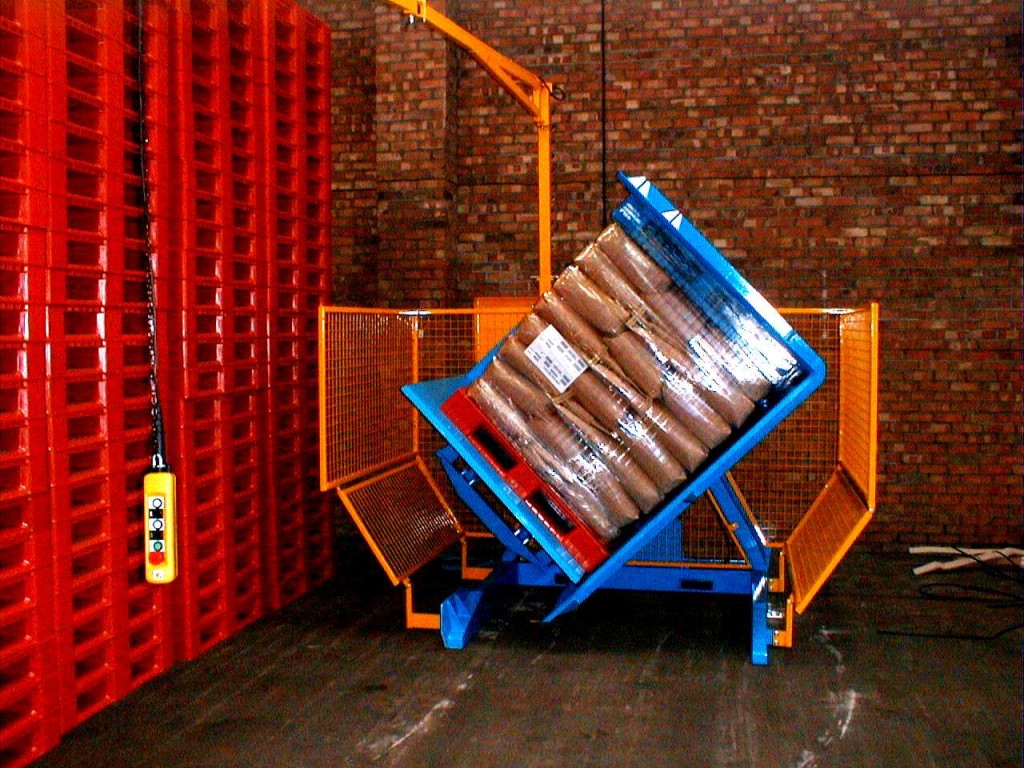
Deconstructing International Pallet Regulations
From my experience helping clients ship their products globally, navigating these rules is a common source of stress. The ISPM 15 standard is the most well-known. It ensures that wood packaging material (WPM), like pallets or crates, is either heat-treated or fumigated with methyl bromide. Each compliant pallet must be stamped with a specific mark. Many companies find it more economical to use untreated wooden pallets for internal storage and movement, as they are cheaper and readily available. They only use the more expensive, treated or plastic pallets for the final export journey. This is a smart cost-control strategy.
Beyond ISPM 15, many industries have their own requirements. The food and beverage industry, for example, often forbids wooden pallets in cleanroom environments to prevent contamination from splinters, mold, or bacteria. They require goods to be on plastic or other sanitized pallets. A pallet inverter acts as the perfect bridge, allowing a seamless and contamination-free transfer from the "in-house" pallet to the "shipping" pallet at the final stage of the logistics chain.
The Inverter as a Gateway to New Markets
For a strategic leader, a pallet inverter isn't just an operational tool; it's a key that unlocks new business opportunities. By making compliance simple and reliable, it removes a significant barrier to entering lucrative international markets. It transforms a potential logistical nightmare into a controlled, repeatable process. This allows you to confidently say "yes" to customers with even the most stringent packaging requirements.
I've worked with companies who were previously limited to their domestic market. The perceived complexity and risk of export compliance held them back. By implementing a pallet inverter, they created a simple, two-pallet system. All internal manufacturing and warehousing used low-cost wooden pallets. At the dispatch area, a pallet inverter station was set up to make the final switch to export-grade pallets. This small change in their process gave them the confidence and capability to compete on a global scale. It's a powerful example of how the right equipment can directly support a company's growth ambitions.
What is the real ROI of investing in a pallet inverter?
Every significant equipment purchase must be justified with a solid business case. As a business owner or CEO, you need to look past the initial price tag and understand exactly when and how that investment will pay for itself. It’s easy to see the upfront cost of a new machine on an invoice. What's much harder to calculate are all the "soft" savings and "avoided" costs—the money you save by preventing worker injuries, the value of faster throughput, and the profits preserved by eliminating product damage. Without a clear picture of this total value, securing approval for the investment can be a real challenge.
Let's break down the return on investment (ROI) for a pallet inverter in a way that makes sense. By analyzing the direct and indirect savings, you can see how this machine often pays for itself much faster than most people expect, typically within 12 to 24 months. It’s an investment in efficiency and safety that delivers measurable financial returns.
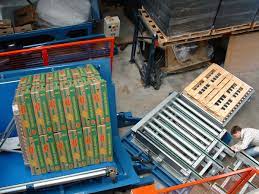
Calculating Your Payback Period
For a pragmatic leader like Javier Morales, who conducts strict feasibility analyses on every investment, the numbers have to add up. The best way to see the value is to calculate it based on your own operation. Let's walk through a simplified example. Imagine you have two employees who currently spend half their day manually re-stacking pallets.
| Cost Savings Category | Example Calculation | Estimated Annual Savings |
|---|---|---|
| Labor Savings | 2 workers x 4 hrs/day x $20/hr wage x 250 days/yr | $40,000 |
| Reduced Product Damage | 0.5% reduction on $2M goods handled | $10,000 |
| Avoided Injury Costs | Average cost of 1 back injury claim, avoided over 3 yrs | $15,000 |
| Increased Throughput Value | 1 extra truckload/day x $50 profit x 250 days/yr | $12,500 |
| Total Estimated Annual Savings | $77,500 |
This is just a basic model, but it shows how quickly the savings accumulate. If the pallet inverter costs, for example, $90,000, the payback period is just over one year. This is the kind of clear, data-driven analysis that supports a major investment decision. It directly addresses goals like reducing overall operating costs and boosting productivity.
Beyond the Numbers: The Strategic Value
I always tell my clients that while the spreadsheet calculation is essential, the true ROI goes beyond those numbers. The strategic value is equally important. When you automate, you enhance your reputation. You become known as a modern, safe, and efficient supplier, which can be a powerful advantage when bidding for new contracts. You also build a more resilient operation. If you have a sudden spike in demand, you can handle it without needing to hire and train temporary workers for a dangerous manual task.
Finally, think about your employees. Investing in equipment that makes their jobs safer and easier sends a powerful message. It shows you value their well-being. This improves morale, reduces employee turnover, and fosters a more positive and productive work culture. This strategic, long-term value is what transforms a simple equipment purchase into a cornerstone of your company's future success. That’s the total solution.
Conclusion
Investing in a pallet inverter is a strategic decision. It boosts efficiency, ensures safety, and opens global markets, making your operation more resilient, competitive, and ultimately more profitable.


